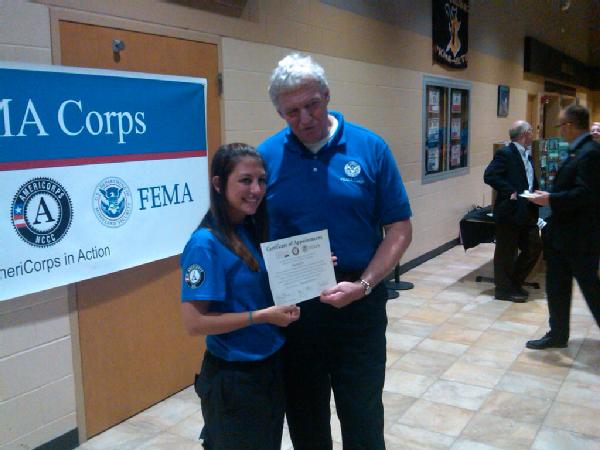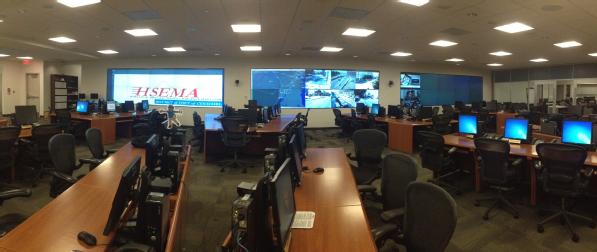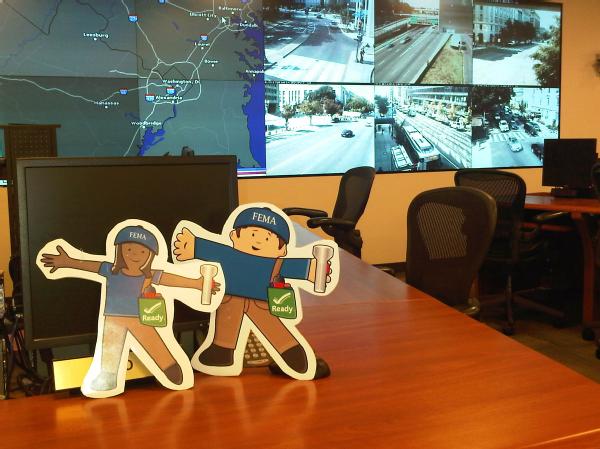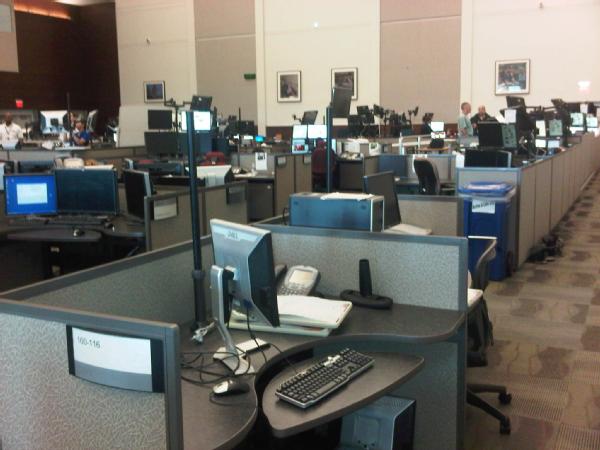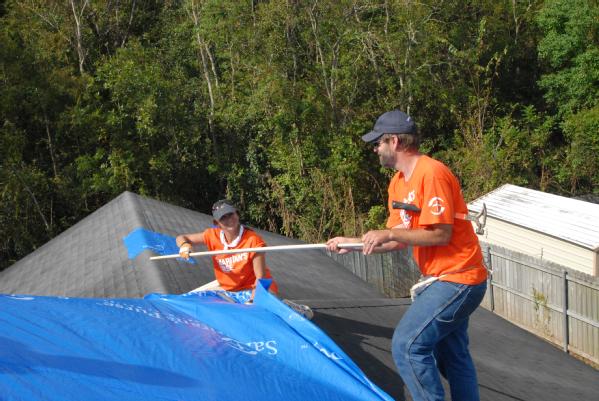What We're Watching: 10/5/12
At the end of each week, we post a "What We’re Watching" blog as we look ahead to the weekend and recap events from the week. We encourage you to share it with your friends and family, and have a safe weekend.
Fire Prevention Week
Sunday, October 7 marks the kickoff to National Fire Prevention Week. All week long, we’ll be sharing important fire prevention tips, information and resources to help get you and your family prepared in the event of a fire. In case you missed it, here’s a link to a blog post from U.S. Fire Administrator Ernie Mitchell, encouraging everyone to participate in Fire Prevention Week and stressing the importance of having two ways out of your home in the event of a fire.
We’re asking everyone to do two simple things:
- Practice your fire escape plan at home, school, or the office - Walk through each room and identify two ways out, checking to make sure the smoke alarms work in each room. Also, make sure you pick a designated meeting spot outside your home, school, or office that everyone will meet at, in the event of a fire.
- Say “Thank You” to your local fire department - The men and women in the fire service risk their lives, sometimes on a daily basis, to protect us. Take a moment to thank them for their dedication and continued service.
Visit Ready.gov or the USFA website for more information and safety tips on preparing for a fire.
Upcoming Events
- The Great ShakeOut – Join millions of people and register to participate in the Great ShakeOut. On October 18 at 10:18 am Drop, Cover, and Hold On for the biggest earthquake drill in the U.S. Last year more than 12.5 million people were registered in ShakeOut drills worldwide. Participating is a great way for your family or organization to be prepared to survive and recover quickly from big earthquakes.
- October Think Tank Call – Join Deputy Administrator Serino on October 30, 2012 at 3:15 p.m. EDT to look back on a year of Think Tank calls and how these conversations have inspired you to make an impact in emergency management. The topic of the call is Looking Forward, Looking Back—FEMA Think Tank 2.0 and will focus the solutions that have been implemented in local communities, as well as discussing the future of FEMA Think Tank and how we can keep the momentum going.
Before the call in a few weeks, we are inviting you to submit a short narrative on our online forum about a project or solution that you’ve implemented from previous FEMA Think Tank calls. We will select 2-3 innovative emergency management projects – either final or still in development – to highlight on the October call.
Stories Worth Sharing
Lastly, we wanted to share two stories about preparedness that caught our attention:
- The Dallas chapter of the American Red Cross posted about a blog sharing ways parents can comfort children during disasters. The blog emphasizes how important it is for parents to be there to support their children during and after a disaster. A strong support system goes a long way for children after a tragic event.
- An article on Real Simple discussed the best foods for your emergency kit – things that don’t require refrigeration, are easy to prep, and pack nutritional value. (We're providing these links for reference only. FEMA does not endorse any non-government websites or companies.)
Have a safe weekend.



